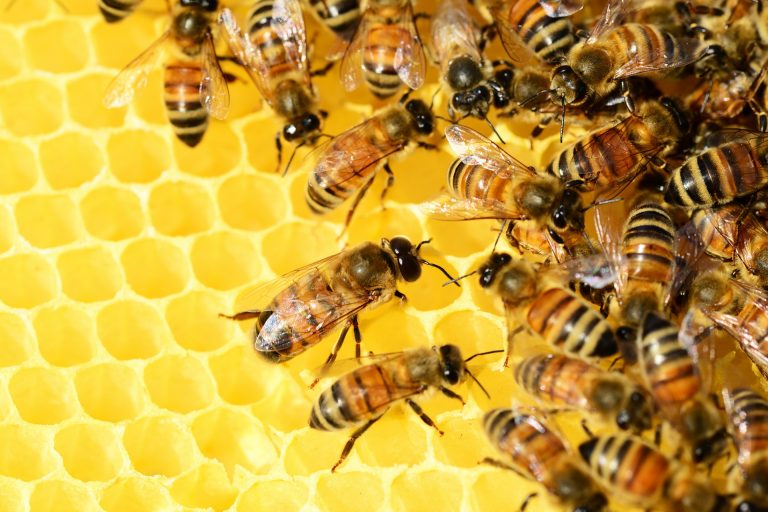 By Melissa Maher, Environment Committee co-chair
By Melissa Maher, Environment Committee co-chair
Did you know May 29th marks B.C.’s annual Day of the Honey Bee?
As we mark this day, it is important to know why we celebrate these little creatures and how we can help them survive.
Honey bees are responsible for one out of every three mouthfuls of food we eat. They pollinate everything that grows across our globe but, due to habitat loss and pesticide use, they are declining and have become another resident on the endangered species list.
Everyone can help the honey bees with ease by planting bee-friendly plants that attract and nourish the honey bees with nectar. Wildflowers, including sunflowers and dandelions, will provide food for the hives. Other things that can help include planting flowering vegetables and fruit, like squash and strawberries. The longer your plants bloom and flower at different times of the year, the longer the food source will extend for the honey bees.
Honey bees need water so having a pond, fountain or other fresh water source nearby will help them control the humidity of the their colony and dilute stored honey that has crystallized.
Of course, pesticides or herbicides are a big no-no. Some of them are toxic to bees, and some aren’t. Many of them will leave a toxic residue for days or weeks. It is better to introduce good bugs to provide natural protection against pests, and to weed by hand.
Here are some other fun facts about our buzzing little friends:
- The bee’s brain is the size of a sesame seed, yet it has a remarkable capacity to learn and remember things. For example, they can make complex calculations on distance travelled and foraging efficiency.
- Honey bees communicate with one another by dancing. When a bee finds a good source of nectar, it flies back to the hive and shows its friends where the nectar source is by doing a dance which positions the flower in relation to the sun and hive. This is known as the ‘waggle dance.’
- Honey has antiseptic properties and was historically used as a dressing for wounds and a first-aid treatment for burns and cuts.
- The natural fruit sugars in honey – fructose and glucose – are quickly digested by the body. That is why athletes use honey to give them a natural energy boost.
- Honey bees must gather nectar from two million flowers to make one pound of honey.
Many local farms are having a special sale on bee friendly plants on Day of the Honey Bee, so make sure you go out and get some to plant in your garden today!



